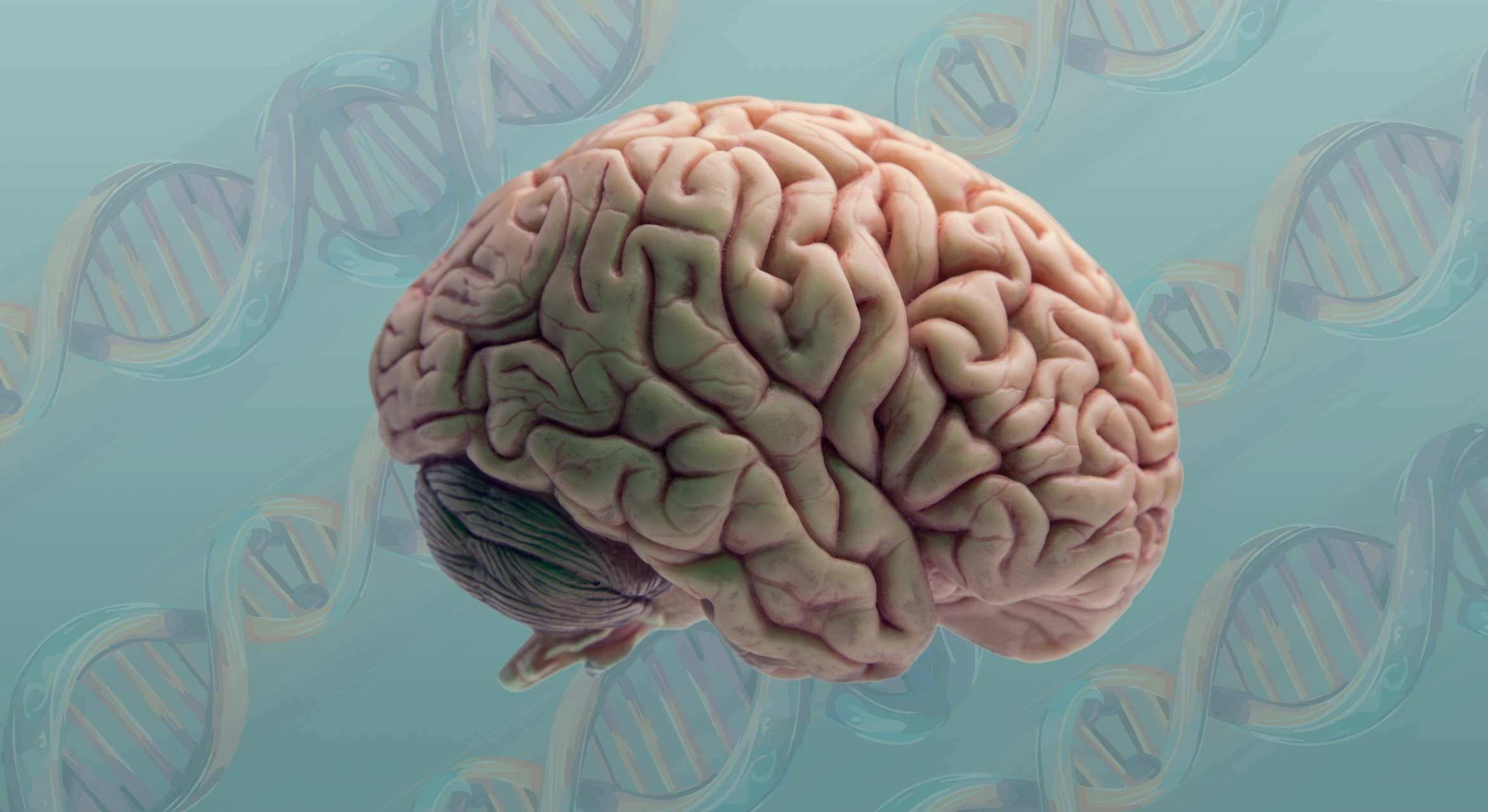
New Results from LUX

The Large Underground Xenon (LUX) dark matter experiment has already proved itself to be the most sensitive dark matter detector in the world. Now, a new set of calibration techniques employed by LUX scientists has once again dramatically improved its sensitivity.
Researchers with LUX, which operates nearly a mile underground in a former gold mine the Black Hills of South Dakota, are looking for WIMPs. These weakly interacting massive particles are among the leading candidates for dark matter.
“We’ve greatly advanced the state of the art in proving how our detectors respond to dark matter,” said UC Santa Barbara physics professor Harry Nelson, who has worked on LUX since 2010. “We have proved that the LUX detector is 20 times more sensitive than the simple first estimates indicated.”
The latest research, which appears in the journal Physical Review Letters, re-examines data collected in 2013 during LUX’s first three-month run. Its data analysis helps to rule out the possibility of dark matter detections at low-mass ranges where other experiments had previously reported potential detections.
The new calibration technique, which consists of a beam of neutrons set up right next to the LUX detector, uses neutrons as stand-ins for dark matter particles. The nature of the interaction between neutrons and xenon atoms is thought to be very similar to the interaction between dark matter and xenon.
Bouncing neutrons off the xenon atoms allowed scientists to quantify how the LUX detector responds to the recoiling process. Physics postdoctoral researcher Carmen Carmona-Benitez helped lead the team that performed the new calibrations and analyzed portions of the data. She likened the process to an atomic game of pool, with a neutron as the cue ball and the xenon atoms as the stripes and solids.
“We can track the neutron to deduce the details of the xenon recoil and calibrate the response of LUX better than anything previously possible,” Carmona-Benitez explained. “This technique calibrates the detector to the dark matter signal we expect to eventually see, and this is the first time that this has been done on such a large scale.”
Dark matter is thought to be the dominant form of matter in the universe. Scientists are confident of its existence because the effects of its gravity can be seen in the rotation of galaxies and in the way light bends as it travels through the universe. Because WIMPs are thought to interact with other matter only on very rare occasions, they have yet to be detected directly.
LUX consists of a third of a ton of liquid xenon surrounded with sensitive light detectors. It is designed to identify the very rare occasions when a dark matter particle collides with a xenon atom inside the detector. When a collision happens, the xenon atom will recoil and emit a tiny flash of light, which is detected by LUX’s light sensors. The detector’s location at the mile-deep Sanford Underground Research Facility helps to shield it from cosmic rays and other radiation that would interfere with a dark matter signal.
LUX improvements, coupled to the advanced computer simulations at Lawrence Berkeley National Laboratory’s National Energy Research Scientific Computing Center and Brown University’s Center for Computation and Visualization, have allowed scientists to test additional particle models of dark matter that now can be excluded from the search. The latest run began in late 2014 and is expected to continue until June 2016. This run will represent an increase in exposure of more than four times compared to that of the 2013 run.
Planning for the next-generation dark matter experiment at Sanford Lab is already underway. In late 2016, LUX will be decommissioned to make way for a new, much larger xenon detector, known as the LUX-ZEPLIN (LZ) experiment. Compared to LUX’s one-third ton of liquid xenon, LZ has a 10-ton liquid xenon target, which will fit inside the same 72,000-gallon tank of pure water used by LUX.
“The innovations of the LUX experiment form the foundation for the LZ experiment, which is planned to achieve over 100 times the sensitivity of LUX,” said Nelson, who is the spokesperson for LZ. “The LZ experiment is so sensitive that it should begin to detect a type of neutrino originating in the sun, which even Ray Davis’ Nobel prize-winning experiment in the same location was unable to detect.”
The LUX scientific collaboration, which is supported by the U.S. Department of Energy and the National Science Foundation, includes 19 research universities and national laboratories in the United States, the United Kingdom and Portugal. In addition to Nelson and Carmona-Benitez, the LUX team at UC Santa Barbara consists of physicist Michael Witherell, senior development engineers Susanne Kyre and Dean White and graduate students Scott Haselschwardt, Curt Nehrkorn and Melih Solmaz.



